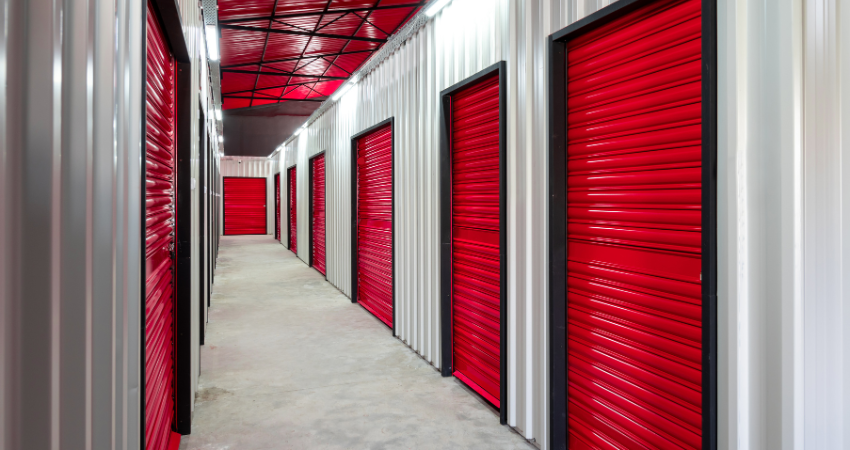Can You Live in a Storage Unit?
Living in a storage unit might sound like a cheap and creative solution to housing issues, but it’s illegal, unsafe, and not a viable long-term living option. However, for educational purposes or awareness, here’s an in-depth guide explaining why people consider it, what the risks are, and better alternatives to explore. Can You Live in a Storage Unit? 1. Why People Consider Living in a Storage Unit Due to rising housing costs, job loss, debt, or homelessness, some individuals may consider unconventional shelter—like storage units—because: They’re relatively cheap compared to rent. Offer privacy and shelter from weather. Appear as a temporary fix in desperate situations. 2. Legal Issues Living in a storage unit is illegal in virtually every state or municipality. Here’s why: Zoning laws prohibit residential use of commercial storage facilities. Lease agreements clearly state units are for storage only. Eviction without notice is possible once discovered. Violations can result in fines, termination of the lease, or legal action. 3. Safety and Health Risks Even if someone manages to hide their living situation, the risks are severe: No windows or ventilation: Can cause breathing problems or suffocation. No plumbing or toilets: Unhygienic and a public health violation. Fire hazard: Most units don’t have smoke detectors or fire exits. Extreme temperatures: Units aren’t insulated—can be freezing in winter or deadly hot in summer. No electricity: Illegal wiring for lights or appliances can cause fires. Isolation: No legal address, risking access to mail, emergency services, or employment documentation. 4. Consequences If You’re Caught Immediate eviction and confiscation of belongings. Police involvement or criminal charges in some jurisdictions. Loss of rental agreement and a ban from future unit rental. Potential impact on credit or rental history. 5. Real-Life Cases Several tragic stories have made headlines: People found dead due to carbon monoxide poisoning from portable heaters. Some families with children discovered in deplorable conditions. Facilities have been sued or fined when discovered, even unknowingly. 6. Safer and Legal Alternatives A. Transitional Housing or Shelters Nonprofits and government organizations often provide emergency shelter or transitional housing. Look for resources through local housing departments, churches, or charities like Salvation Army or United Way. B. Co-Living or Shared Housing Shared rooms or roommate arrangements are much cheaper. Apps like Roomster, SpareRoom, PadSplit offer low-cost options. C. Vehicle Living (Still a Grey Area, But Safer) Still not ideal or fully legal everywhere, but many cities have safe parking programs. RVs or vans can be outfitted more safely than storage units. D. Couchsurfing or Host Programs Platforms like Couchsurfing.org, or local community groups, may help in short-term situations. Often require trust and communication, but can bridge a housing gap. E. Government Assistance Programs like Section 8 housing, SSI/SSDI, SNAP, and HUD can offer relief if you qualify. Many areas also have renter aid funds or eviction prevention programs. 7. Conclusion Living in a storage unit is not just illegal—it’s dangerous, dehumanizing, and unsustainable. While it’s a reflection of real housing insecurity, there are always better, safer, and more lawful options to explore. If you’re facing homelessness or extreme financial hardship, reaching out to local social services, nonprofits, or housing advocates is the first step toward safety and stability.
Can You Live in a Storage Unit? Read More »


